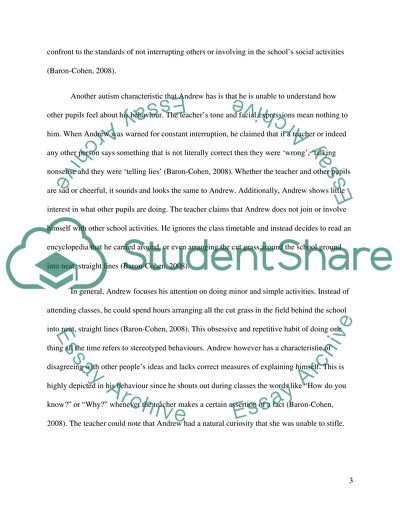Cite this document
(“Autism spectrum Essay Example | Topics and Well Written Essays - 2500 words”, n.d.)
Retrieved from https://studentshare.org/education/1495819-autism-spectrum
Retrieved from https://studentshare.org/education/1495819-autism-spectrum
(Autism Spectrum Essay Example | Topics and Well Written Essays - 2500 Words)
https://studentshare.org/education/1495819-autism-spectrum.
https://studentshare.org/education/1495819-autism-spectrum.
“Autism Spectrum Essay Example | Topics and Well Written Essays - 2500 Words”, n.d. https://studentshare.org/education/1495819-autism-spectrum.


